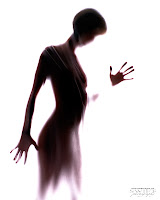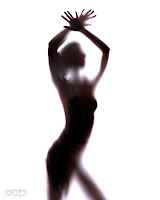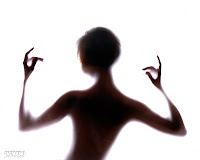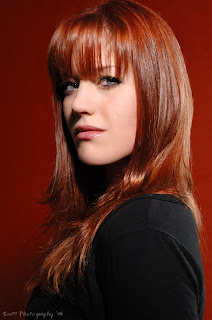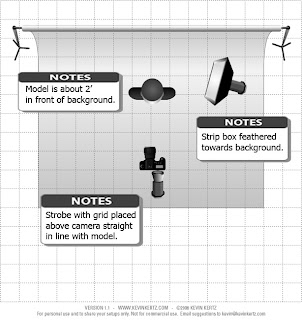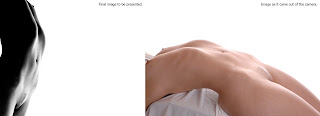
I have read many times where a photographer indicates that an image has not been cropped or it is straight out of the camera as though these statements are some sort of badge of honour--a feat that makes them somehow better photographers than the rest of us that use some form of post shoot alterations. I am of the opinion that it is the final image that matters. How one arrives at that final images is completely irrelevant. If you can nail a shot in the camera then good for you and I think that is a goal that should always be aimed for, but sometimes better images can be made if you give them a second look on the computer in the peace and quiet of your basement (or where ever your significant other happens to let you set up your machine!).
When I am finished with an image in my RAW converter I bring the image into Photoshop and the first thing I do is crop. I explore different aspect ratios and crop levels to bring out the best in the composition. You would be surprised how a slight crop, tilt or going from a 2:3 ratio to a 3:4 ratio can dramatically improve an image's overall composition. I do this religiously on every image. Some images come in just fine right out of the camera and others need some work. Often you can make several good images from one just by altering the crop.
The image shown above was from a shoot that wasn't going terribly well on my end. I accidentally hit the lock on my camera that prevents the focus points from being changed. I didn't realize I had done this and my focus point was stuck on the far bottom right corner when in landscape orientation. I thought my camera was all screwed up, but I figured out shortly after the session that I as a bit of a twit. Anyway, I was very frustrated and my studio wasn't finished as we had just moved in to the place so this was a makeshift shoot at best. The image on the right was as it is straight from the camera. Not too exciting in the least, but I saw a good image hidden within. A little bit of cropping, rotating, recomposing by adding a huge white negative space, converting to black and white, and deepening the shadows completely transformed a shot surely destined for the trash into the image on the left--a keeper for sure.
So don't think that the images you see out there haven't gone through some sort of manipulation to get to the final one you are seeing. Am I less of a photographer for creating the image on the left from the image on the right? I don't think so. If I hadn't shown you what the image really looked like you would never have known. What I find frustrating about this lovely little post work is that when you are trying to figure out how some one lit a particular shot or what have you, the sky is the limit. You could be dealing with something exactly like I am showing you here and you could bang your head against a wall trying to figure out how it was done. Could I have composed and lit that final image in the camera? Of course, but I didn't on this particular day and I created it out of a very bad picture. Nothing wrong with that. In closing I'd just like to tell you to give your images a good looking over after you shoot them--you may find some great images if you aren't afraid to do a little revamping in the computer.
